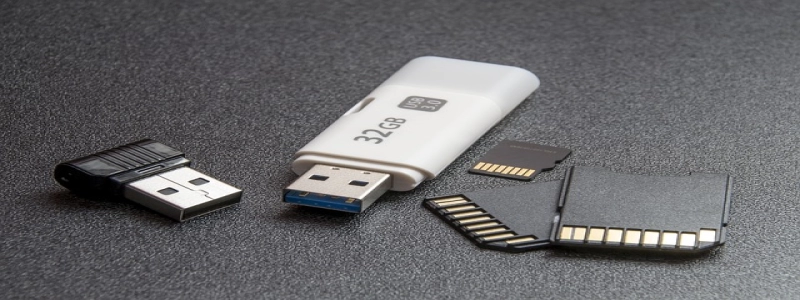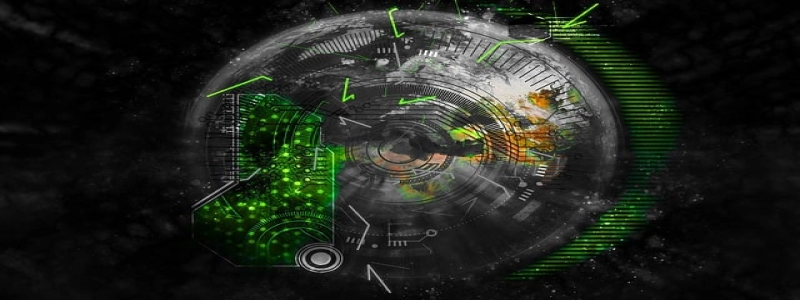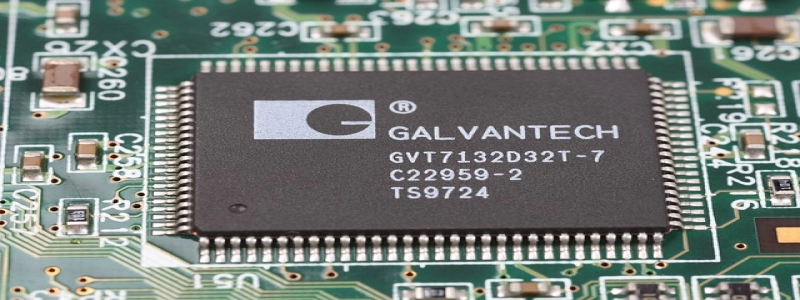Ethernet Cable Max Current
1. Introduction
1.1 Definition of Ethernet Cable
1.2 Importance of Current Limitation
2. Types of Ethernet Cables
2.1 Cat 5e Ethernet Cable
2.2 Cat 6 Ethernet Cable
2.3 Cat 6a Ethernet Cable
3. Current Limitation for Ethernet Cables
3.1 Cat 5e Current Limitation
3.2 Cat 6 Current Limitation
3.3 Cat 6a Current Limitation
4. Factors Affecting Current Limitation
4.1 Cable length
4.2 Cable quality
4.3 Environmental factors
5. Recommendations for Ethernet Cable Installation
5.1 Use appropriate cable for intended purpose
5.2 Follow manufacturer’s guidelines
5.3 Regularly inspect and replace damaged cables
6. Conclusion
Introduction:
Ethernet cables are widely used to connect devices and facilitate the transmission of data over a local area network (LAN). While it is essential to consider factors like data transfer speed and compatibility, it is equally important to understand the maximum current that an Ethernet cable can handle. This article aims to provide a detailed explanation of Ethernet cable max current and its significance in network installations.
Types of Ethernet Cables:
There are different types of Ethernet cables available in the market, each designed to meet specific requirements. The commonly used types include Cat 5e, Cat 6, and Cat 6a. Cat 5e cables are the most basic and can support data transfer speeds up to 1 Gbps. Cat 6 cables provide better performance and can handle speeds up to 10 Gbps. Cat 6a cables are even more advanced and can support up to 10 Gbps at longer distances.
Current Limitation for Ethernet Cables:
The current limitation of Ethernet cables refers to the maximum amount of electric current that a cable can safely carry. This limitation is determined by various factors, including the cable’s thickness, insulation, and gauge. Cat 5e cables usually have a maximum current rating of around 0.577 A. Cat 6 cables can handle approximately 0.577 A, while Cat 6a cables have a higher current rating of 0.69 A.
Factors Affecting Current Limitation:
Several factors can affect the current limitation of Ethernet cables. One of these factors is the length of the cable. Longer cables tend to have higher resistance, resulting in increased power loss and decreased current capacity. Additionally, the quality of the cable itself plays a crucial role. Cables with better insulation and thicker conductors can handle higher currents. Moreover, environmental factors such as temperature and humidity can impact the cable’s overall performance and current limitation.
Recommendations for Ethernet Cable Installation:
To ensure a safe and efficient network installation, it is essential to follow certain recommendations. Firstly, use the appropriate Ethernet cable for the intended purpose. If higher data transfer speeds are required, opt for Cat 6 or Cat 6a cables instead of Cat 5e. Secondly, always follow the manufacturer’s guidelines when installing the cables, including proper cable management and avoiding excessive bending. Lastly, regularly inspect the cables for any signs of damage and replace them if necessary to maintain optimal performance.
Conclusion:
Understanding the maximum current limitation of Ethernet cables is crucial for ensuring a stable and reliable network connection. It is essential to select the appropriate cable type based on the desired data transfer speed and carefully consider factors such as cable length and quality. By following the recommended installation practices and periodically inspecting the cables, users can maintain an efficient network infrastructure.








